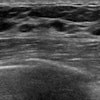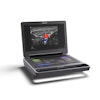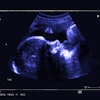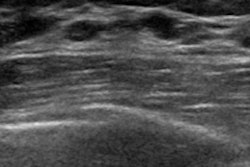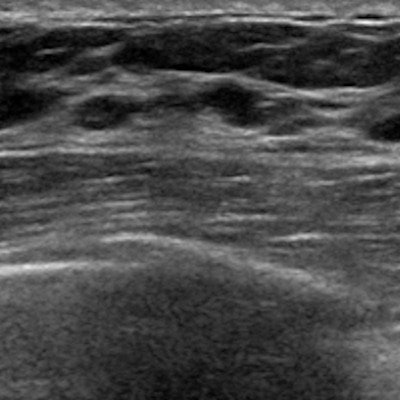
Computer-aided detection (CAD) systems help less experienced readers improve their performance in detecting breast cancer on automated breast ultrasound (ABUS) screening exams, according to a study published online June 18 in Radiology.
A concurrent-reading mode -- in which CAD is used from the beginning of image interpretation -- is particularly useful, although a second-reading mode (using CAD after an initial, unassisted reading) also boosts performance, wrote a team led by Dr. Shanling Yang of Xijing Hospital of the Fourth Military Medical University in Shaanxi, China.
"Both the second-reading mode and concurrent-reading mode have the potential to improve novice readers' performance for breast cancer screening on automated breast ultrasound images," the group wrote.
Mammography is the gold standard for breast cancer screening, but it has its limitations, particularly in women with dense tissue. Ultrasound is used as a supplemental screening modality, and ABUS is particularly useful since it can mitigate variation in interpretation by different readers. To further improve reading performance, CAD for ABUS can be used, but how best to incorporate it into the workflow has been uncertain, the authors wrote.
"The classic CAD implementation is second-reading mode at which CAD is applied after the reader has completed a full, unaided assessment," the team wrote. "However, such implementation increases interpretation time. A potentially more efficient paradigm is concurrent-reading mode, in which CAD is applied at the start of the assessment. However, concurrent application of CAD may reduce a reader's vigilance, reducing sensitivity. ... It is unclear how CAD for ABUS will be incorporated into the clinical workflow."
The study included 1,485 ABUS images. Of these, 282 were malignant, 695 were benign, and 508 had no lesions. Three readers with one to three years of experience and three readers with five to 10 years of experience read ABUS images without CAD, with CAD after the first unaided reading, and with CAD at the start of a reading. Yang's group evaluated reader performance using area under the curve (AUC).
Both second-reading and concurrent-reading modes boosted novice readers' performance, with concurrent mode especially effective for improving sensitivity. Reading time per volume was shortest in concurrent-reading mode at 34 seconds, compared with 50 seconds without CAD and 61 seconds in second-reading mode.
| Impact of CAD on ABUS reader performance | |||
| Performance measure | Without CAD | Second-reading mode | Concurrent-reading mode |
| AUC | |||
| All readers | 0.88* | 0.91 | 0.90* |
| Novice readers | 0.85* | 0.89 | 0.88* |
| Experienced readers | 0.91 | 0.92 | 0.92 |
| Sensitivity | |||
| All readers | 90%* | 94% | 93%* |
| Novice readers | 87%* | 94% | 93%* |
| Experienced readers | 93% | 94% | 94% |
| Specificity | |||
| All readers | 60% | 60% | 61% |
| Novice readers | 58% | 57% | 58% |
| Experienced readers | 63% | 63% | 63% |
The findings bode well for busy radiology departments with staff members who have varying degrees of ABUS interpretation experience, according to the authors.
"At the concurrent-reading mode, a significantly shorter reading time can be expected without decreasing performance for both novice and experienced readers," Yang and colleagues concluded.


